Compare. Grapes grown on pruned vines.
 This is a very mechanized form of farming that sells itself as peasant romance.
This is a very mechanized form of farming that sells itself as peasant romance.
The Rise, Vernon
Now, compare. Here are some wild vines, growing in the Roman way — over a tree. In this case, a hawthorn. The difference between the grapes here and the industrial ones above is surprising.
Wild French Hybrid Grapes, Vernon
Notice the wild variation in maturity: from nearly ripe berries to ones that haven’t even started to differentiate yet and are still sacs of almost pure citric acid. And that’s a juicy bunch. Look at this one:
 Greener yet, eh! Why? Do grapes get through the winter this way? Is this the real way to make ice wine? What do such extremes of maturity do for the plant? To tell you the truth, no one knows. No one has looked into it, because the study of wine grapes is driven by industrial needs, and those processes are already finely tuned. I am, however, intrigued by what might have been missed, and what might be learned from that.
Greener yet, eh! Why? Do grapes get through the winter this way? Is this the real way to make ice wine? What do such extremes of maturity do for the plant? To tell you the truth, no one knows. No one has looked into it, because the study of wine grapes is driven by industrial needs, and those processes are already finely tuned. I am, however, intrigued by what might have been missed, and what might be learned from that.
Stink bug, home sweet home.
Perhaps there’s an entirely different wine harvesting season than the one currently in vogue. Perhaps the acids play a role that remains unexplored. Perhaps a new beverage can be made by harvesting this possibility. I don’t know. No one does. No wine grower would let his grapes go wild like this, but there they are, telling their story. Meanwhile, the cloned grapes tell theirs.
I think wine making is about predictability. Maybe it needs a little adventure.
Categories: Agriculture, Nature Photography

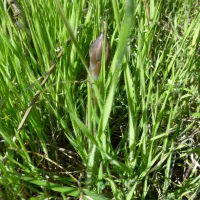
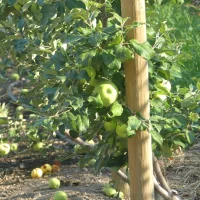

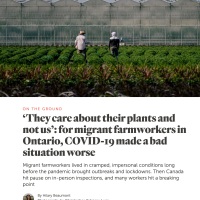
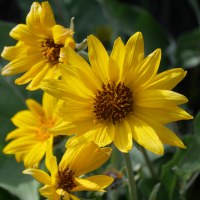
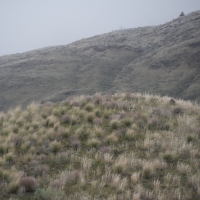


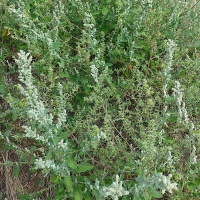

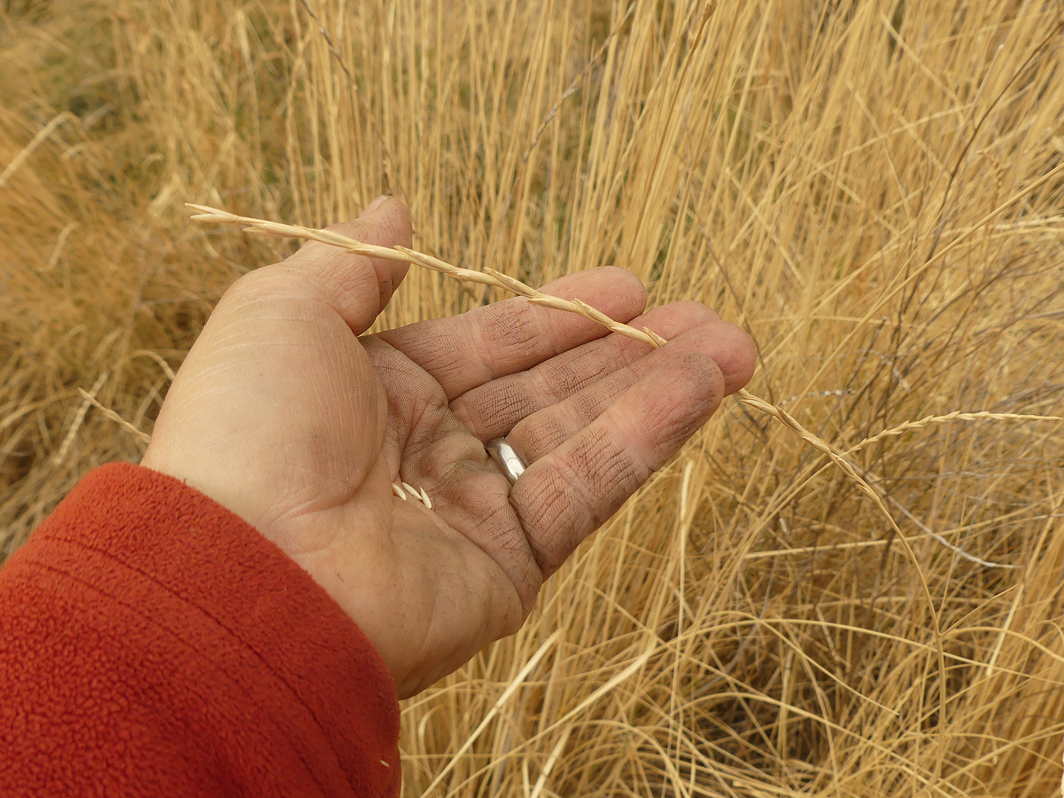





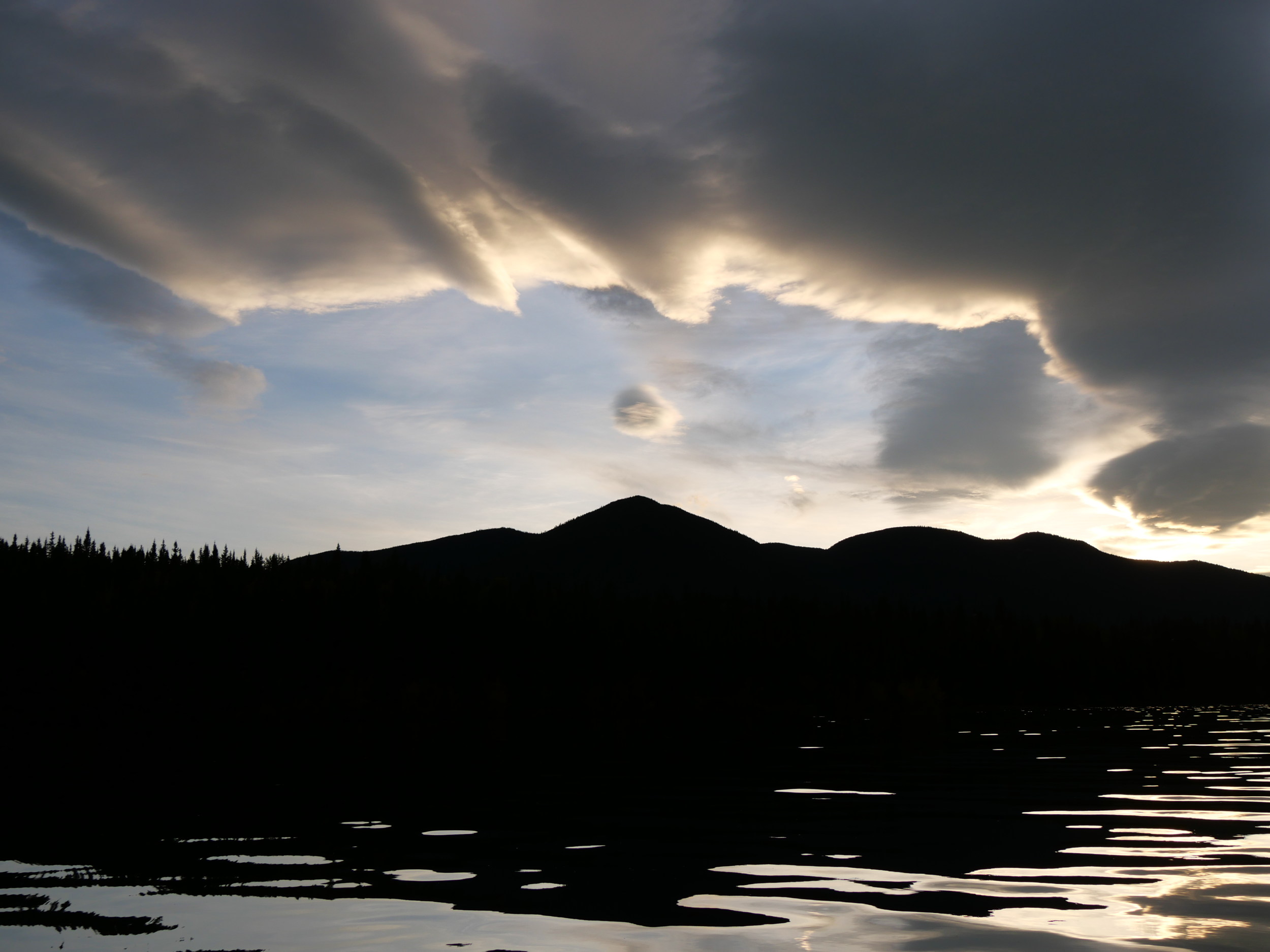
Having enjoyed wild grapes recently makes reading your blog even more pleasurable, if that is possible. Thank you .
LikeLike